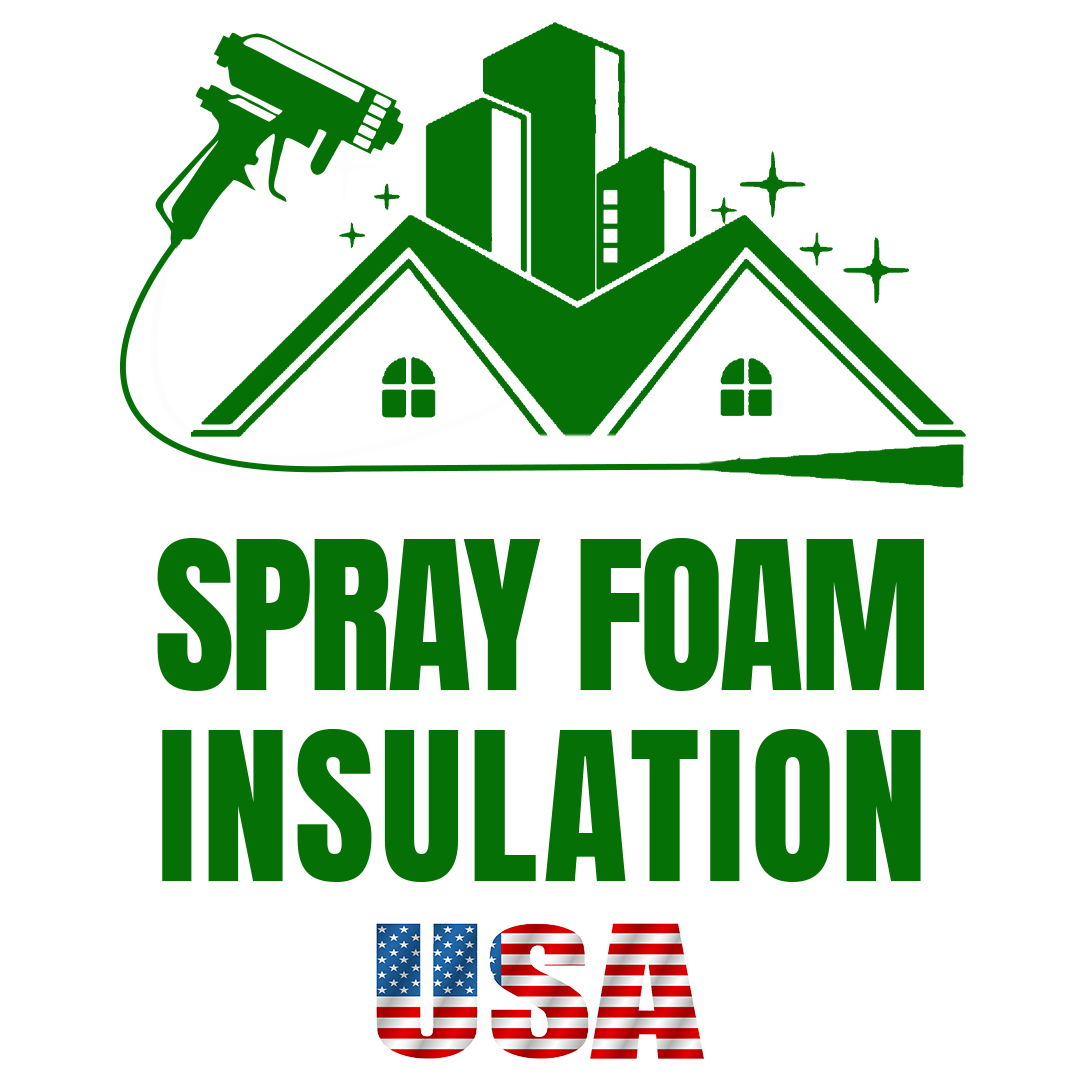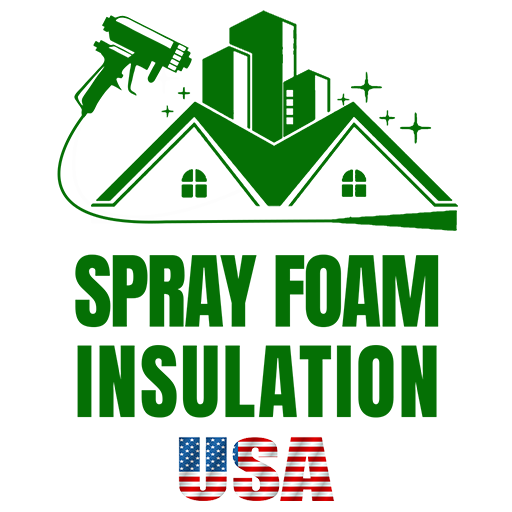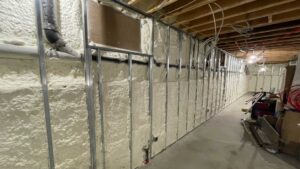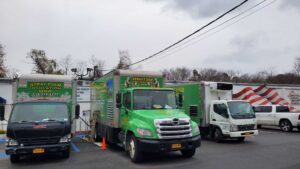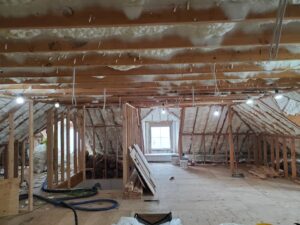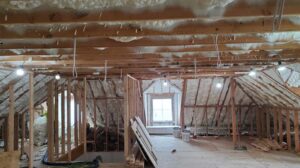Introduction
Shall a residential exterior metal flue be insulated?
Let’s tackle this right away:
- Yes, insulating your exterior metal flue is recommended. It boosts safety, efficiency, and can also help with energy savings.
When we talk about making our homes more energy-efficient, one often overlooked aspect is the insulation of your flue. But why does this matter?
Insulating your flue can have significant benefits. It improves the draft, reduces the risk of fire hazards, and keeps your home cozy. Plus, it can save you money by reducing energy costs. But not all flues are created equal, and exterior metal flues have their unique considerations.
For instance, installing a metal chimney on the exterior of a home requires careful planning to ensure both safety and effectiveness. Clearances from combustibles and proper enclosure are critical elements for compliance with building regulations and for minimizing heat loss.
So, the question stands: shall a residential exterior metal flue be insulated? In this guide, we’ll explore why insulation is key, the types available, and how to do it right.

Understanding Flue Insulation
When it comes to your home’s chimney, understanding flue insulation is crucial. Insulation not only helps in maintaining temperature but also ensures safety and efficiency. Let’s break down why these aspects matter.
Building Regulations
While there are no specific Building Regulations that mandate insulating a chimney flue liner, there are rules that indirectly make it important. The Building Regulations require that smoke and gases must be safely drawn away from your property. If your chimney can’t achieve a proper draw due to lack of insulation, it could fail to meet these requirements.
For metal chimneys, the regulations are stricter. According to the New York City Building Code, steel chimneys for exterior use must be insulated to maintain flue surface temperatures above the acid dew point. This ensures the chimney is safe and effective.
Safety
Safety is paramount when dealing with chimneys. Insulating your flue liner can significantly reduce the risk of chimney fires. Without insulation, the hot gases can cool down too quickly, causing creosote—a highly flammable substance—to build up. This increases the risk of a chimney fire.
In fact, a former chimney sweep emphasized that insulation helps reduce creosote deposits by keeping the flue gas temperatures higher. This is especially important for exterior chimneys, which are more exposed to the elements and prone to cooling.
Efficiency
Insulating your chimney flue also boosts efficiency. When the flue gases stay warm, the chimney maintains a better “draw,” or negative pressure. This helps pull cool air into your fire and pushes hot air and smoke out. Without proper insulation, the smoke can condense on the liner walls and fall back into your fireplace, disrupting the draw and causing your fire to gutter or even go out.
The ThermaFlue insulation sleeve is a great example of how insulation can improve efficiency. This sleeve traps warm air around the flue liner, making it easier for smoke to flow upwards, thus maintaining the draw and keeping your fireplace burning efficiently.
Key Takeaways
Building Regulations: Compliance with safety standards by ensuring proper smoke and gas expulsion.
Safety: Reduces creosote buildup and lowers the risk of chimney fires.
Efficiency: Maintains the draw of your chimney, ensuring your fireplace burns efficiently.
In the next section, we’ll delve into the benefits of insulating your flue, including improved draft, reduced creosote buildup, and energy savings.
Benefits of Insulating Your Flue
Improved Draft
One of the primary benefits of insulating your flue is improved draft. Insulation keeps the flue gases hotter as they travel up the chimney. This helps maintain a strong upward pull, or “draw,” which is essential for efficient fireplace operation.
Why does this matter? A better draft means your fire burns hotter and cleaner. It also reduces the chances of smoke spilling back into your home.
Real-world example: A homeowner named Timothy noted that after insulating his flue, his fireplace’s draft improved significantly, especially when starting a fire in a cold chimney. This resulted in a more enjoyable and efficient burning experience.
Reduced Creosote
Another significant advantage is the reduction of creosote buildup. Creosote is a tar-like substance that forms when smoke cools and condenses on the inside of your chimney. Over time, it can accumulate and become a fire hazard.
How does insulation help? By keeping the flue gases warmer, insulation reduces the chances of creosote forming in the first place.
Fact: According to experts, an insulated flue can drastically cut down on creosote buildup, making your chimney safer and easier to maintain.
Energy Savings
Insulating your flue can also lead to energy savings. A well-insulated flue keeps the heat generated by your fireplace or stove inside your home, rather than letting it escape up the chimney.
Why is this important? Retaining more heat means you can rely less on other heating methods, reducing your overall energy consumption and lowering your utility bills.
Case study: A Michigan manufacturing company retrofitted their facility with high-efficiency insulation and saw a 20% reduction in heating costs. While this example is from a commercial setting, the principles apply equally to residential homes.
Summary
Insulating your flue offers multiple benefits:
- Improved draft: Keeps the smoke flowing upward efficiently.
- Reduced creosote: Minimizes buildup, reducing fire hazards.
- Energy savings: Keeps more heat inside your home, lowering energy bills.
Next, we’ll explore the different types of flue insulation available, including insulation sleeves, vermiculite, and spray foam.
Types of Flue Insulation
When it comes to insulating your chimney flue, there are several options to consider. Each type of insulation has its pros and cons, and what you choose will depend on your specific needs and circumstances. Let’s dive into the three main types: insulation sleeves, vermiculite, and spray foam.
Insulation Sleeves
Insulation sleeves, like the ThermaFlue sleeves, are designed to wrap around your chimney flue liner, creating a ‘blanket’ that provides excellent insulation.
Benefits:
– Tested and Approved: ThermaFlue sleeves are the only product tested with a flue liner by BSRIA and approved by HETAS.
– High Temperature Rating: Rated T600, they can withstand high temperatures, ensuring long-lasting insulation.
– Easy Installation: Simply wrap them around the flue liner and install as usual.
Drawbacks:
– Cost: Typically, these sleeves can be more expensive than other options.

Vermiculite
Vermiculite is a naturally occurring mineral that expands when heated, making it an excellent insulator. It’s poured down the air gap between the flue liner and the chimney walls.
Benefits:
– Effective Insulator: Fills gaps completely, providing thorough insulation.
– Simple to Use: Just pour it down the gap until it’s filled.
Drawbacks:
– Installation Complexity: Requires a closure plate at the bottom of the chimney to prevent it from falling into the fireplace.
– Removal Difficulty: Once installed, it can be time-consuming to remove.

Spray Foam
Spray foam insulation is a versatile option that can be used in various parts of your home, including the chimney flue.
Benefits:
– High Insulating Value: Provides excellent thermal resistance, reducing heat loss.
– Fills Irregular Spaces: Ideal for chimneys with irregular shapes or hard-to-reach areas.
Drawbacks:
– Professional Installation Recommended: Requires special equipment and expertise.
– Fire Safety Considerations: Needs to be applied correctly to meet safety standards.

Summary
Choosing the right type of flue insulation depends on your specific needs. Insulation sleeves are great for high-temperature resistance and easy installation, vermiculite offers thorough and simple insulation, while spray foam is versatile and fills irregular spaces effectively.
Next, we will look at the specific requirements for insulating exterior metal flues, including clearance requirements, fire resistance, and temperature maintenance.
Insulating Exterior Metal Flues
When dealing with exterior metal flues, there are specific requirements and considerations to keep in mind. These include clearance requirements, fire resistance, and temperature maintenance. Let’s dive into each one.
Clearance Requirements
Clearance is crucial for exterior metal flues, especially when they are near combustible materials. According to building regulations:
- Flues over 18 inches in diameter: Must have at least 4 inches of clearance from any combustible construction.
- Flues 18 inches or less in diameter: Require a minimum of 2 inches of clearance.
Additionally, no part of the flue should be closer than 24 inches to any door, window, or exit. This ensures safety and allows for necessary inspection and maintenance.
Fire Resistance
Fire resistance is another critical factor. Exterior metal flues must be designed to prevent fire hazards. Here are the key points:
- Noncombustible Materials: Any enclosure around the flue should be made of noncombustible materials with a fire resistance rating as specified in the regulations.
- Insulation: If the flue is insulated to keep the external temperature below 250°F, the required clearances can be reduced by 50%. This helps in maintaining safety while optimizing space.
Temperature Maintenance
Maintaining the right temperature inside the flue is essential for efficient operation and safety. Here’s how:
- Preventing Creosote Build-Up: Insulating the flue helps maintain higher temperatures inside, reducing the risk of creosote build-up, which can cause chimney fires.
- Weather Sheathing: For exterior use, flues should be weather-sheathed and insulated to keep flue surface temperatures above the acid dew point. This prevents condensation and corrosion, ensuring the longevity of the flue.
For example, studies have shown that insulating a steel liner can significantly reduce the temperature difference, which helps in maintaining optimal draft and preventing creosote deposition.
In our next section, we will answer some common questions on flue insulation, such as whether a flue liner should be insulated and how to insulate an exterior chimney effectively.
Common Questions on Flue Insulation
Should a flue liner be insulated?
Absolutely. Insulating a flue liner has several benefits:
- Improved Performance: Insulation keeps the smoke warm as it travels up, enhancing the draw of the fireplace.
- Safety: It prevents the build-up of creosote, soot, and other combustible materials, reducing the risk of chimney fires.
- Energy Efficiency: By maintaining a consistent temperature, insulation helps your heating appliance work more efficiently.
The National Fire Protection Agency (NFPA) recommends that masonry chimney flues be lined and insulated to prevent gaps and cracks that could lead to hazardous conditions.
Does flue pipe need to be insulated?
Yes, especially in colder climates. Insulating the flue pipe helps in:
- Reducing Condensation: Prevents moisture from condensing inside the flue, which can lead to corrosion over time.
- Maintaining Draft: Keeps the flue gases warm, which improves the draft and overall efficiency of your heating appliance.
- Safety: Reduces the risk of creosote build-up, which can ignite and cause chimney fires.
Experts suggest that even a stainless steel liner should be insulated to maximize these benefits.
How do you insulate an exterior chimney?
Insulating an exterior chimney involves a few steps:
- Measure and Cut Insulation: Use a high-quality insulation material like a rockwool wrap or an insulation sleeve. Measure the circumference of your flue and cut the insulation to fit.
- Secure the Insulation: Wrap the insulation around the flue and secure it with stainless steel clamps or tape.
- Weatherproofing: For exterior chimneys, it’s crucial to weather-sheath the insulation to protect it from the elements.
In some cases, a vermiculite-based masonry material can be poured into the space between the liner and the chimney wall for additional insulation.
Experts recommend using a stainless steel liner and insulating it to ensure the best performance and safety. According to the NFPA, maintaining proper air gap clearances and insulating the liner can significantly improve the longevity and efficiency of your chimney system.
Next, we will delve into best practices and how Spray Foam Insulation USA can help you achieve optimal flue insulation.
Conclusion
Best Practices
When it comes to flue insulation, following best practices is crucial for ensuring the safety, efficiency, and longevity of your chimney system. Here are some key points to keep in mind:
-
Use Quality Materials: Opt for a high-quality stainless steel liner. This material is durable and resistant to corrosion, making it a reliable choice for your chimney.
-
Ensure Proper Clearance: Maintain the recommended air gap clearances as per the NFPA guidelines. This prevents overheating and potential fire hazards.
-
Insulate the Liner: Whether you choose an insulation sleeve, vermiculite, or spray foam, insulating your flue liner can significantly improve draft and reduce creosote buildup. This is especially important for exterior chimneys exposed to the elements.
-
Regular Maintenance: Periodically inspect and maintain your chimney to ensure it remains in good condition. This includes checking the liner and insulation for any signs of wear or damage.
Spray Foam Insulation USA
At Spray Foam Insulation USA, we specialize in providing top-notch insulation solutions tailored to your needs. Our team of experts can help you choose the right insulation method for your flue, ensuring optimal performance and safety.
Why Choose Us?
- Customized Solutions: We assess your home to provide a tailored insulation plan that meets your specific requirements.
- Expert Installation: Our professional installation ensures the insulation is applied correctly, maximizing its effectiveness and longevity.
- Energy Efficiency: Our insulation solutions help create a tight barrier, preventing heat loss and minimizing outside air infiltration, leading to significant energy savings.
For more information on how we can help you achieve the best flue insulation for your home, visit our Residential Insulations page.
In conclusion, insulating your residential exterior metal flue is not just a good idea—it’s a best practice. By following these guidelines and choosing a trusted provider like Spray Foam Insulation USA, you can ensure your chimney system is safe, efficient, and long-lasting.
